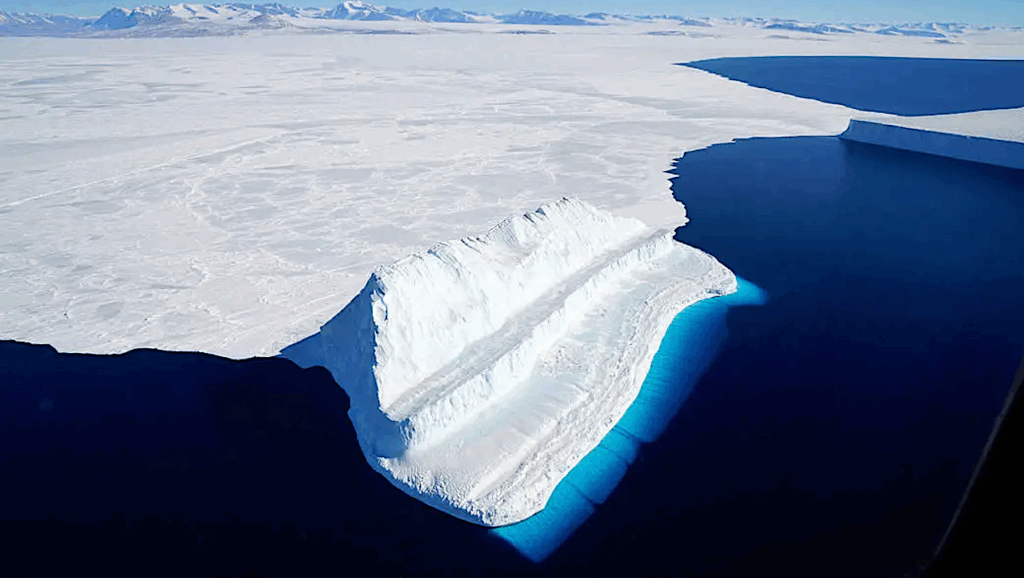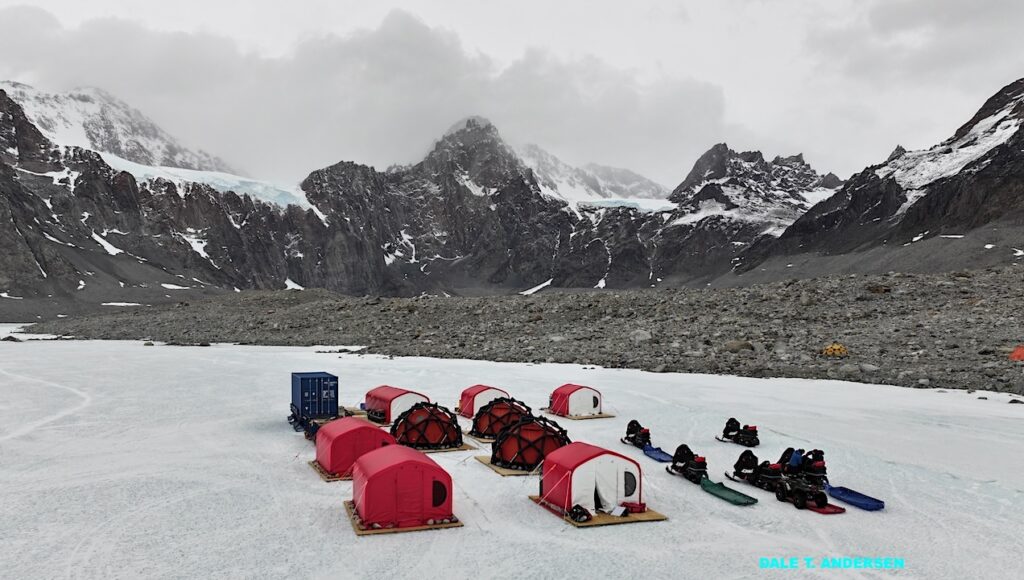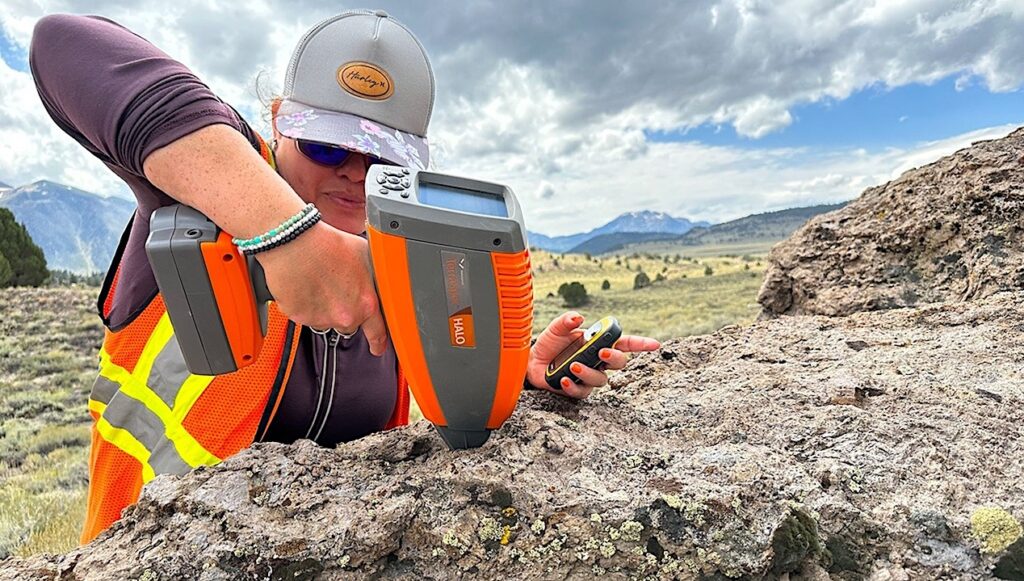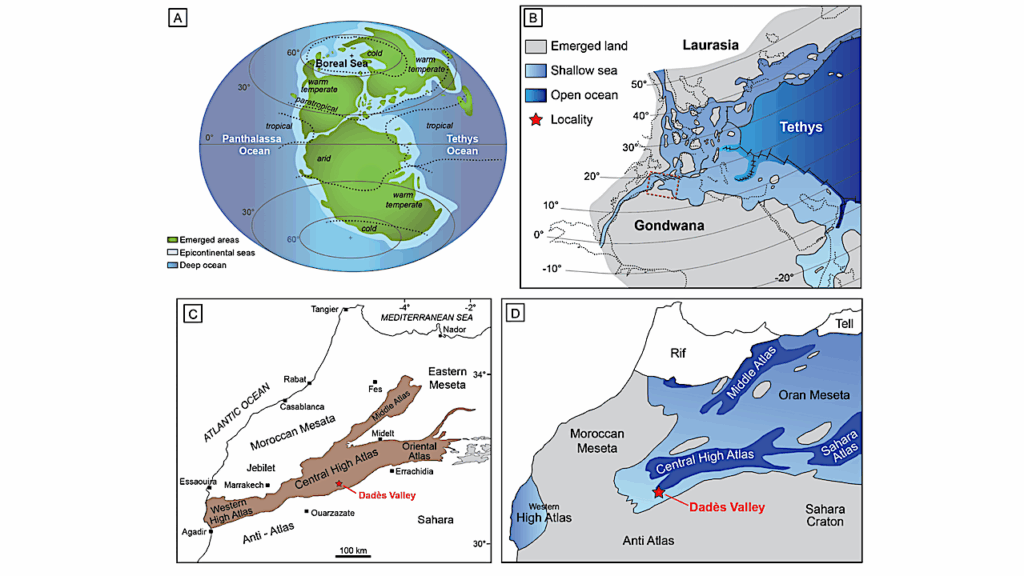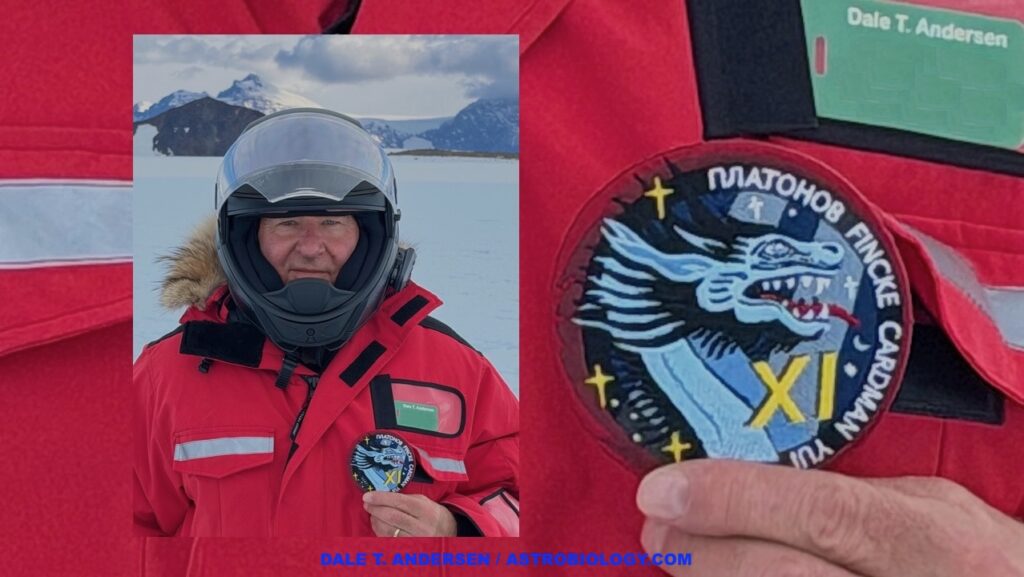Mars Icebreaker Life Mission

Missions to Mars have only scratched its surface. To go deeper, scientists are proposing a spacecraft that can drill into the Red Planet to potentially find signs of life.
The driving goal for exploring Mars is finding signs of life, said planetary scientist Christopher McKay at NASA’s Ames Research Center. There are mountains of evidence that Mars was once home to liquid water on its surface, and virtually wherever there is water on Earth, there is life. Some researchers have even suggested that life on Earth may have originally come from Mars, stemming from microbes in rocks blasted off the Red Planet by cosmic impacts — some 220 pounds (100 kilograms) or so of meteorites from Mars are known to have landed on Earth.
Although the cold, thin atmosphere Mars has now means that liquid water cannot last on its surface long, orbital images from NASA’s Mariner 9 mission and many other findings since then suggest Mars was once covered in rivers and seas, and that water may have even flowed there recently. Mars also has an atmosphere possessing carbon and nitrogen, essential elements for life as we know it, and organic molecules — the carbon-based compounds that building blocks of life such as proteins and DNA are made from — are expected to rain down in meteorites onto Mars, potentially once serving as the raw material for life.
NASA’s Viking landers failed to find organic compounds or active microbes on Mars in the 1970s. However, in the last five years, NASA’s Phoenix lander unexpectedly discovered that perchlorates seemed common in Martian dirt. Perchlorates are thermally reactive compounds that would destroy organic compounds when heated with them, which the Viking probes did when they analyzed dirt they’d scooped up. As such, the fact Viking did not find organics is no longer conclusive evidence that organics are absent on Mars.
One of the best places to potentially find signs of life or “biomarkers” on Mars is within its near-surface ice, which the Mars Odyssey orbiter revealed is widespread. Such ground ice on Earth is good at preserving organic compounds and biological material — indeed, experiments have suggested it can preserve living cells for up to millions of years. Ice can also protect organic biomarkers from destruction from radiation from space and harsh chemicals on Mars.
“Why search for a second genesis of life?” McKay asked. “The implication is that life is common in the universe.”
As such, McKay and his colleagues have spent about a decade developing the Icebreaker Life mission to Mars. The spacecraft would drill up to about 3 feet (1 meter) down and scan ice shavings for organic biomarkers — molecules that would be conclusive evidence of life, ones too complex to be produced non-biologically. Discovering any organic biomarkers such as enzymes would not only be evidence of life, but also shed light on the biology of any putative organisms, potentially yielding hints to their genetics and metabolism.
An ideal region for the Icebreaker Life mission to drill would actually be the area where Phoenix landed in 2008. The ice-cemented ground in the northern plains of Mars are the most recently habitable places currently known on Mars — the atmospheric pressure there is high enough to keep water from automatically boiling away. And as recently as 5 million years ago, Mars was tilted in relation to the Sun enough for its polar regions to receive roughly the same level of summer sunlight as Earth’s polar regions do nowadays, so ice might have melted.
“This mission focuses on a far more recent time period of Mars than almost any other mission has. And that is wonderful,” said planetary scientist Norbert Schorghofer at the University of Hawaii at Manoa, who did not take part in this research.
The Icebreaker Life drill is rotary-percussive, meaning it both spins and hammers. The drill bit has a heat sensor to detect if the ice is close to melting; the drill will slow or stop to prevent melting, since the water could refreeze and lock the drill. Using a separate robotic arm, the lander could pack samples into a capsule that a future mission could return to Earth.
After every 2 inches (5 centimeters) the drill goes into the ground, a brush collects samples off the drill. A battery of instruments can then analyze this material. For instance, the Signs of Life Detector (SOLID) can detect whole cells, complex organic molecules, and simple compounds of potential biological origin with the aid of a digital camera and the latest generation of lab-on-a-chip technology that essentially shrinks a lab’s worth of beakers, flasks and other equipment to fit onto microchips for chemistry experiments.
Other potential instruments can measure acidity, alkalinity, dissolved salts and elemental composition, or use lasers to vaporize samples and scan the gas for organic molecules at low enough temperatures for them not to react with perchlorates. The way compounds soluble in water are spread out in the dirt could shed light on how liquid water might once have flowed on Mars.
Analyses of perchlorates could be especially useful. A number of microbes on Earth are known to live off perchlorates in combination with iron found in volcanic rock, so any microbes on Mars could have done the same thing, the researchers noted. Moreover, perchlorates are toxic to humans, so even if no life is found on Mars, learning more about the chemistry and distribution of perchlorates there might be important for any human missions to the Red Planet.
McKay and his colleagues tested the drill up to 3 feet (1 m) depth at Mars atmospheric pressure and against a wide range of materials, including ice, icy soils, icy soils with rocks, and rocks. They also tested it in the Arctic and the Antarctic, where the ice-cemented ground mimics Mars. In all cases, the drill reached 3 feet (1 m) in depth after about an hour.
The Icebreaker Life mission currently uses the same design as the NASA’s solar-powered Phoenix spacecraft with only minor adjustments, and would land near the Phoenix site, operating only during polar summers, the researchers said. Their scenario involves a launch in December 2018 and landing in August 2019.
The scientists also noted the Icebreaker Life payload could accompany other Mars landing systems. For instance, while the SpaceX Dragon capsule is aimed primarily at delivering crew and cargo to the International Space Station, it was also designed to land on Mars, and could deliver the Icebreaker Life mission there. The mission does not have to land at the poles, and does not even have to drill into ice — for instance, if any massive salt deposits are found on Mars, salt could be nearly as good a preservative for life as ice.
McKay cautioned Mars might neither have life now nor ever had it in the past. In addition, critics might say “we are advocating the search for organic biomarkers and we do not yet have direct evidence for organics. This is a valid criticism,” McKay said.
Nevertheless, in the hope a future Icebreaker mission could discover signs of life on Mars, “we continue to develop the drill, the sample handling tools and the biomarker detection instrument,” McKay said. The researchers would like to improve how deep Icebreaker can drill — “right now we’re only 1 meter deep. I would like to be deeper,” McKay said.
“A question that needs be asked for every life detection mission is: What will we learn if no life is detected?” Schorghofer asked. “For the Icebreaker mission, the answer is delightfully clear — we will learn a tremendous amount about Mars’ recent climate history.”
However, the current government financial crisis might doom the Icebreaker Life mission more than any threats on Mars.
“From a technical point of view, it is perfectly possible,” Schorghofer added. “From a budgetary and programmatic point of view, it is unlikely to launch as soon as 2018.”
The scientists detailed their findings online April 5 in
the journal Astrobiology.
Charles Q. Choi, Astrobiology Magazine (NASA)


